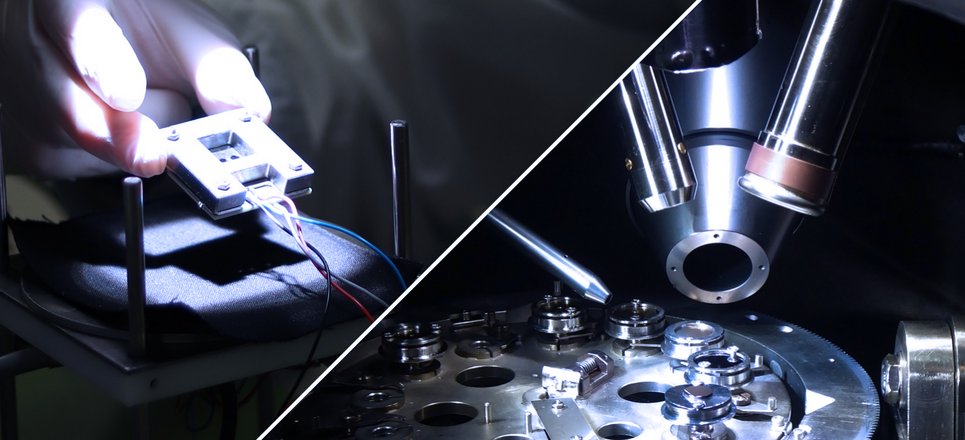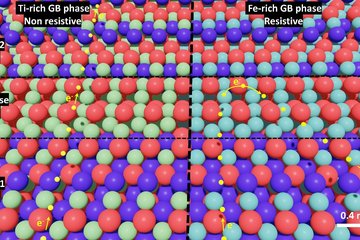World record in solar cell efficiency achieved
Researcher team published recent findings in the journal Nature
Sustainable energy sources are desperately needed to substitute fossil fuels. One way to generate green energy, is the use of solar cells, which convert sun light into electricity. However, conventional solar cells made out of silicon have a low efficiency, capped by the limited absorption range of sunlight by only one material.

Researchers were now able to combine organic and perovskite solar cells in tandems and optimize their interconnect. “The interconnect plays a major role here. The thinner it is, the lower the absorption loss and therefore the higher the efficiency of the tandem solar cell”, says Leonie Gomell, co-author of the publication and PhD student at the Max-Planck-Institut für Eisenforschung (MPIE). She and Dr. Siyuan Zhang, project leader studying functional materials at MPIE, developed characterization methods to analyse the interconnect layer composed of only 1~2 atomic layers. By resolving the chemical composition of this ultrathin yet critical layer, they could understand its outstanding low resistivity together with the researcher team led by Kai Brinkmann and Prof. Thomas Riedl from the University of Wuppertal and main authors of the publication.
Through the joint effort from scientists at the Universities of Wuppertal, Cologne, Potsdam, Tübingen, the Helmholtz Center Berlin and the MPIE, the first organic-perovskite solar cell with an efficiency of 24% was presented, well above the previous record of 20%. Simulations show a theoretical limit of 30%, which can be achieved with further innovations.
The project was partly funded by the German Research Foundation and the European Union’s Horizon 2020 research programme.












